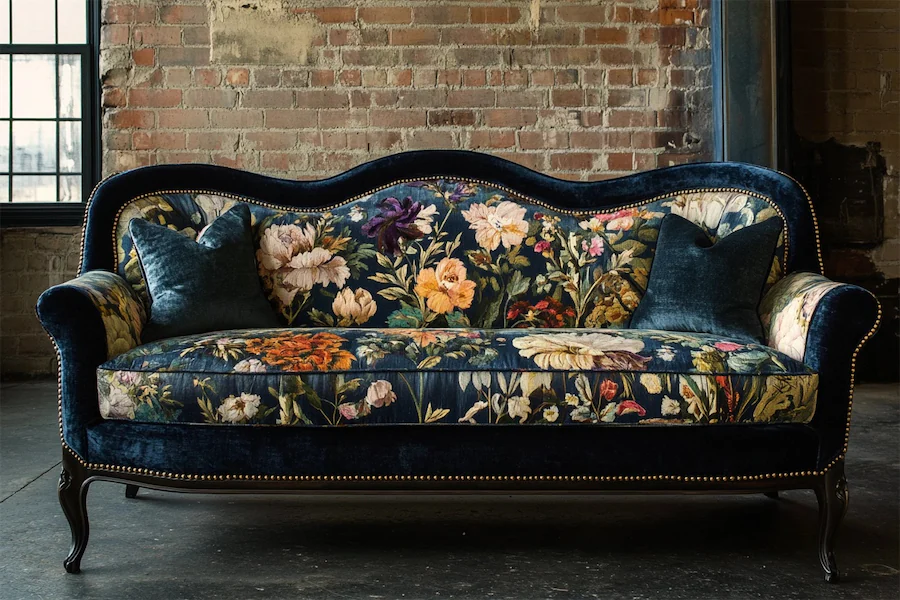A transitional sofa seamlessly blends traditional and contemporary design elements, offering a versatile and timeless piece that complements a wide range of interior styles.
History and Origins of Transitional Sofas
Transitional design emerged in the 1950s as a response to the stark minimalism of modern design, aiming to create a harmonious balance between the ornate details of traditional styles and the clean lines of contemporary aesthetics. This approach sought to combine the best aspects of both worlds, resulting in spaces that are both classic and fresh.
Key Features of Transitional Sofas
- Balanced Design: Transitional sofas feature a harmonious blend of traditional and modern elements, such as combining classic rolled arms with sleek, straight lines.
- Neutral Color Palettes: They often utilize neutral tones like grays, beiges, and whites, providing a versatile foundation that complements various décor styles.
- Mixed Materials: Incorporation of both modern and organic textures, including metal, glass, wood, and natural fabrics, adds depth and interest to the design.
- Minimal Ornamentation: While they may include subtle decorative details, transitional sofas avoid excessive embellishments, focusing on clean lines and functional design.
Applications of Transitional Sofas
- Living Rooms: Serve as adaptable centerpieces that can anchor a room’s design, allowing for easy updates to surrounding décor over time.
- Office Spaces: Provide a professional yet inviting seating option that appeals to diverse tastes, making them suitable for reception areas or executive offices.
- Model Homes and Staging: Their broad appeal makes transitional sofas ideal for creating universally attractive spaces in real estate settings.
Considerations When Choosing a Transitional Sofa
- Proportions and Scale: Ensure the sofa’s size complements the room dimensions and existing furniture to maintain visual harmony.
- Quality of Materials: Opt for durable fabrics and sturdy frames to ensure longevity and comfort.
- Personal Style Integration: While transitional sofas are versatile, consider how the piece reflects your personal style and how it will interact with other design elements in your space.
Conclusion
Transitional sofas offer a perfect blend of traditional elegance and contemporary simplicity, making them a timeless choice for various interior settings. Their adaptability and balanced design ensure they remain a popular option for those seeking a harmonious and enduring aesthetic in their homes or offices.
